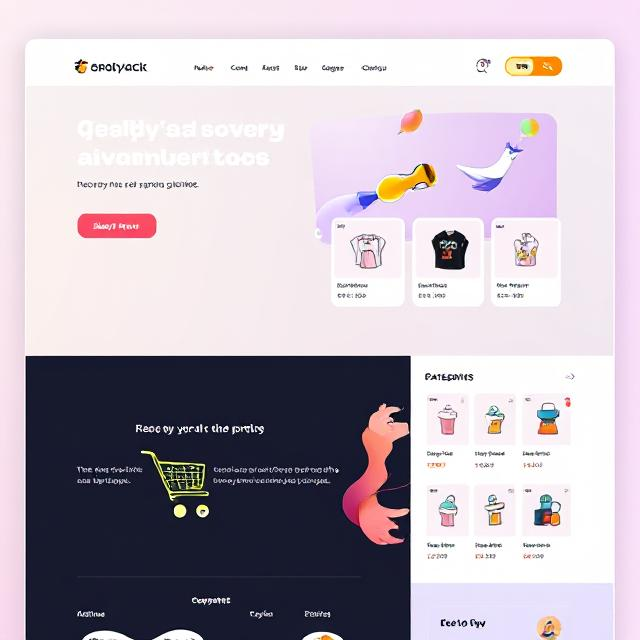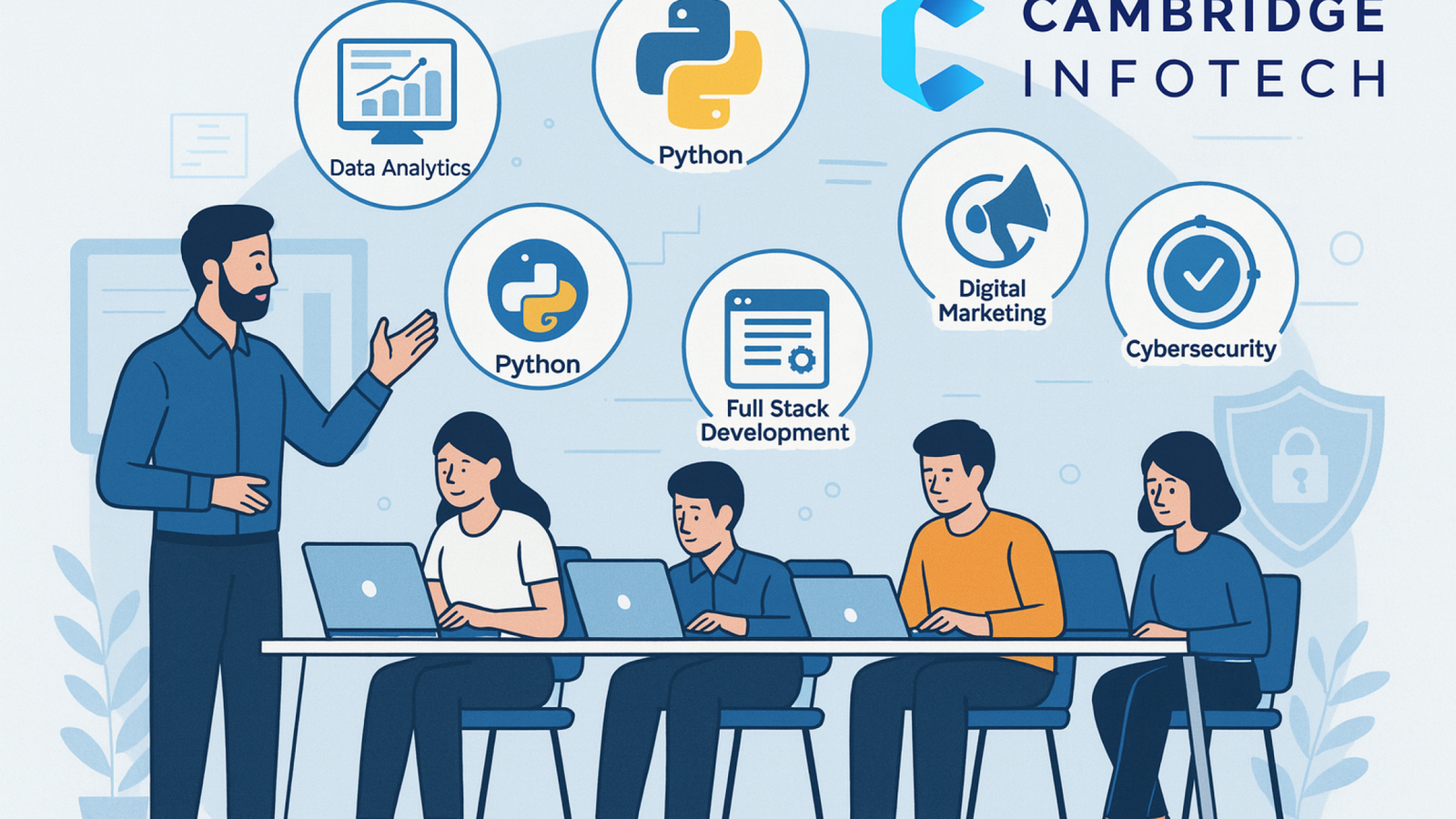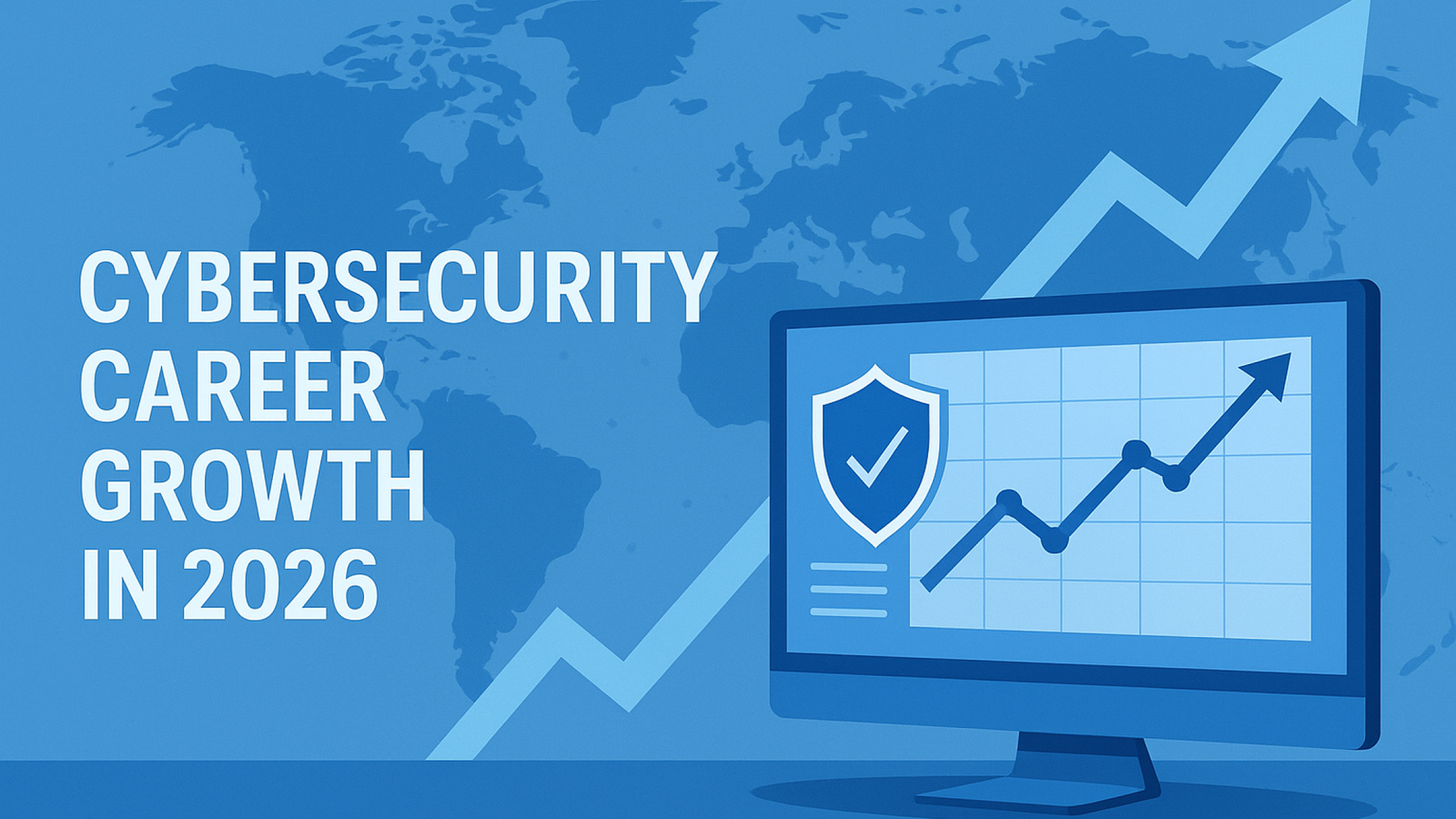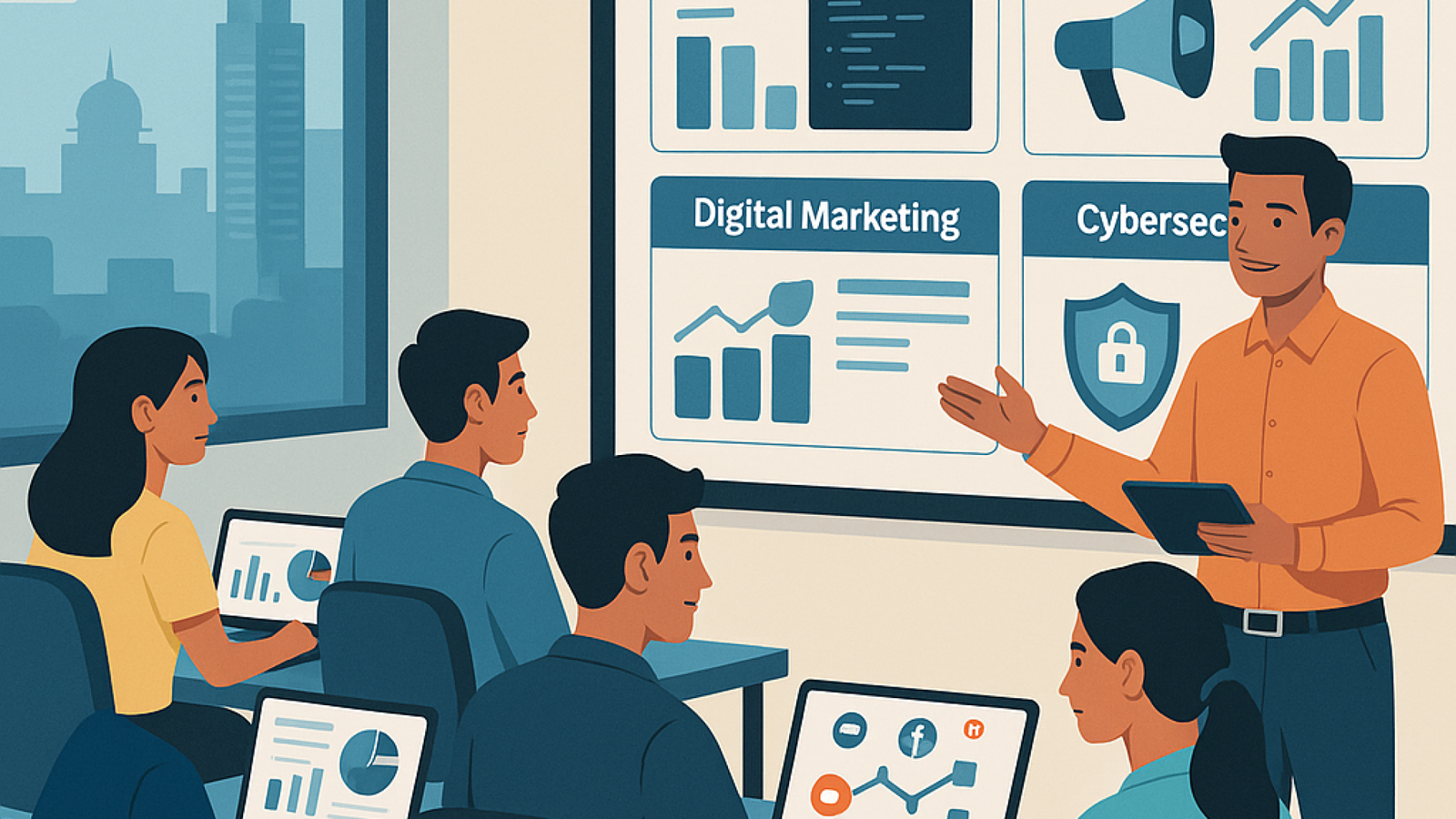Ultimate Guide: Web Application Examples & Development in 2025
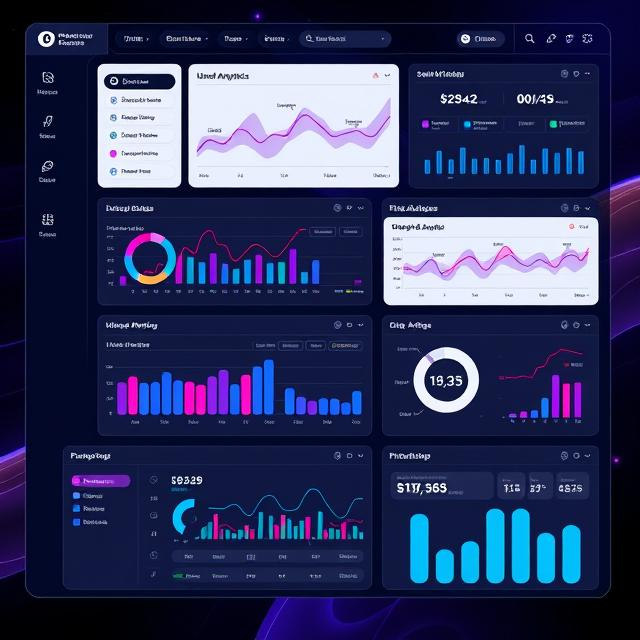
Introduction Web application examples are essential in understanding how modern businesses leverage technology to create seamless, high-performing digital experiences. Web application development continues to evolve rapidly, with new technologies, frameworks, and best practices shaping the industry. As we enter 2025, staying ahead of the curve is crucial for businesses and developers looking to build secure and scalable web applications. In this guide, we’ll cover the latest trends, technologies, and strategies you need to know to excel in web app development this year. Additionally, we’ll explore some web application examples that showcase how leading companies leverage modern solutions.
The Evolution of Web Application Examples & Development
Over the past decade, web applications have transformed from simple static pages to dynamic, highly interactive experiences. This evolution has been driven by advancements in front-end frameworks, cloud computing, AI integration, and improved security measures. Examining successful web application examples, such as Google Docs, Trello, and Slack, provides insights into the best development practices.
Key Trends in Web Application Examples & Development for 2025
1. AI-Powered Web Applications
AI and machine learning are revolutionizing web applications, enabling features like chatbots, personalized user experiences, and automated decision-making. AI-driven development tools also help streamline coding and debugging processes. Many modern web application examples, such as Grammarly and Netflix, showcase how AI enhances functionality and user engagement.
2. Progressive Web Apps (PWAs) Dominance
PWAs continue to gain popularity due to their fast loading speeds, offline functionality, and app-like experiences without requiring installation. Major companies are adopting PWAs to enhance user engagement and retention. Notable web application examples include Twitter Lite and Pinterest, which demonstrate the efficiency and reliability of PWAs.
3. Serverless Architecture & Cloud Computing
Serverless computing allows developers to build and deploy applications without managing infrastructure. This enhances scalability, reduces costs, and improves application performance. Cloud platforms like AWS Lambda, Google Cloud Functions, and Azure Functions are leading this space. Prominent web application examples leveraging serverless architecture include Airbnb and Slack.
4. Web3 & Blockchain Integration
Decentralized applications (dApps) and blockchain-based authentication are becoming more prevalent, improving security and transparency. Web3 technologies are reshaping finance, supply chain, and digital identity management. Web application examples in this space include OpenSea and Uniswap, which utilize blockchain for enhanced security and trust.
5. Enhanced Cybersecurity Measures
With cyber threats on the rise, web applications must adopt advanced security practices, such as multi-factor authentication (MFA), end-to-end encryption, and zero-trust architecture, to safeguard user data. Security-focused web application examples include PayPal and Google Workspace, both implementing stringent cybersecurity protocols.
6. API-First Development
With the increasing adoption of microservices, API-first development is crucial for seamless integration between different services. RESTful APIs and GraphQL are widely used for efficient data exchange. Successful web application examples of API-first development include Stripe for payment processing and Twilio for communication services.
7. Headless CMS & Jamstack Architecture
Headless CMS solutions decouple the front-end and back-end, allowing developers to create highly customizable applications. Jamstack architecture (JavaScript, APIs, and Markup) enhances performance and security. Popular web application examples using Jamstack include Smashing Magazine and Nike’s online store, both of which showcase flexible and efficient content delivery.
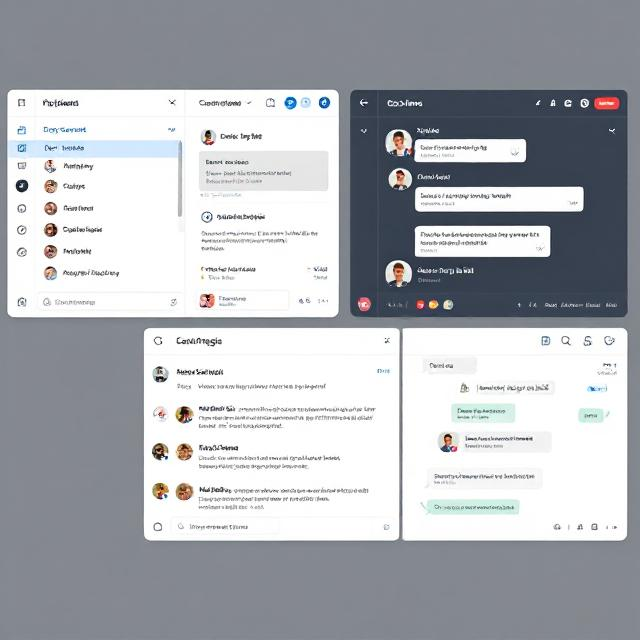
Best Technologies & Frameworks for Web Application Examples in 2025
- Front-end: React.js, Vue.js, Angular, Svelte
- Back-end: Node.js, Django, Ruby on Rails, Spring Boot
- Databases: PostgreSQL, MongoDB, Firebase
- DevOps & Deployment: Docker, Kubernetes, GitHub Actions, CI/CD pipelines
- Security Tools: OWASP ZAP, Snyk, Cloudflare, SSL/TLS Encryption
Learn More About Web Development
If you want to enhance your web development skills, check out our Web Development Courses at Cambridge Infotech. We offer cutting-edge courses to help you stay ahead in the evolving web landscape.
For more information on our offerings, visit Our Courses to explore different learning paths tailored for beginners and professionals.
External Resources for Further Learning
- Mozilla Developer Network (MDN) – In-depth documentation on web technologies
- Google Web.dev – Best practices for modern web development
- W3C Web Standards – Guidelines for web development and accessibility
Conclusion
Web application development in 2025 is more exciting and dynamic than ever. Businesses and developers must embrace the latest trends, frameworks, and security practices to build scalable, high-performing applications. By integrating AI, adopting cloud-native solutions, and focusing on security, companies can stay competitive in the ever-changing digital landscape. Looking at web application examples like Google Docs, Trello, and Stripe can provide inspiration for crafting innovative and user-friendly web solutions.
Are you ready to revolutionize your web application in 2025? Contact us today to get started!
